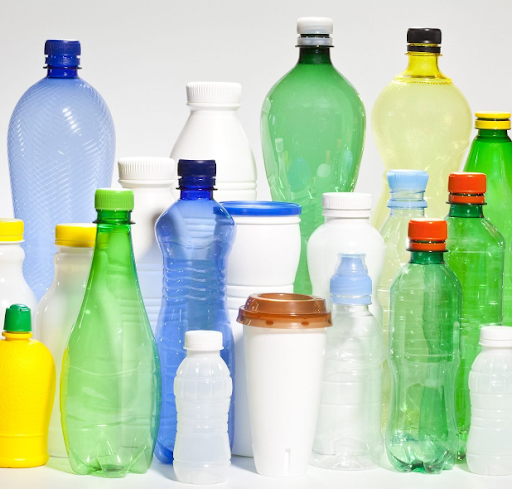
Household plastics come in many forms, each designed for specific uses
Household plastic is a line of materials that is considered extremely flexible in production and application. They appear in almost every corner of your beloved home. Household plastics come in many forms, each designed for specific uses. The following useful information about household plastic will help you discover their types, properties and benefits. From there, it's easier to make informed choices about how to use and recycle them effectively. Let's learn about household plastic now and discover how they have been impacting our lives.
1. Definitions Of Household Plastic

Some household plastic products that appear in most homes include plastic containers, bottles, utensils, bags, packaging materials, etc
Household plastic is increasingly asserting its important role in human life. Household plastic refers to various types of plastic materials commonly used in households to make everyday items. Some household plastic products that appear in most homes include plastic containers, bottles, utensils, bags, packaging materials, etc. These plastics are often designed for convenience and are used to store, organize, and preserve food and other household items.
Read more: What is plastic? Everything you need to know about plastic
2. Common Types Of Household Plastic
2.1. Polyethylene Terephthalate (PET)
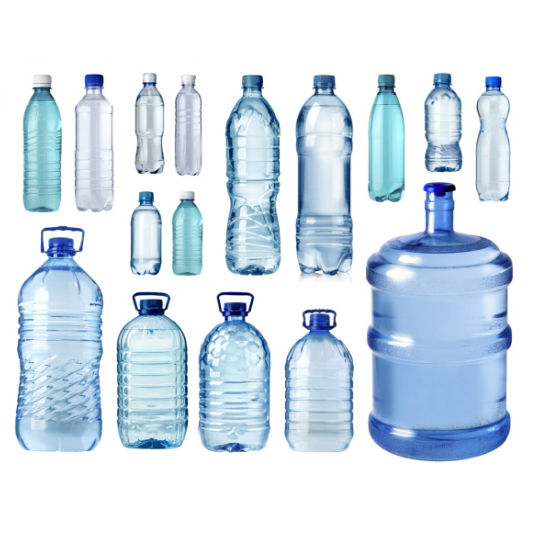
PET is transparent so it is often chosen for food and drink containing applications
PET has long been one of the most popular plastics in our lives. In terms of structure, PET household plastic is created from the polymerization of ethylene glycol and terephthalic acid. It's a type of polyester widely used to make beverage bottles and food containers. Some outstanding properties of this type of household plastic include durability, good impact resistance, light weight, and good moisture retention. In particular, PET is transparent so it is often chosen for food and drink containing applications.
Some applications of this type of household plastic that you can easily come across include beverage bottles such as water and soda, food and snack containers, and cosmetic packaging. In particular, this type of household plastic is also used to make polyester fabric for clothing.
2.2. High density polyethylene (HDPE)

The HDPE household plastic is created from the polymerization of ethylene known for its high strength-to-density ratio
When looking at some household items, it's easy to see a very common household plastic called HDPE. This is a line of household plastics created from the polymerization of ethylene known for its high strength-to-density ratio. This type of household plastic possesses many outstanding properties such as timeless durability, good impact resistance, and weather resistance from high to low temperatures. In particular, this is a line of household plastic that has extremely good chemical resistance, so it is very popular in the production of bottles containing cosmetics.
Let's take a look at some typical applications of this type of household plastic: milk bottles, beverage bottles, detergent and shampoo bottles, grocery bags, reusable shopping bags, outdoor tables and chairs, children's toys, etc.
2.3. Polyvinyl chloride (PVC)
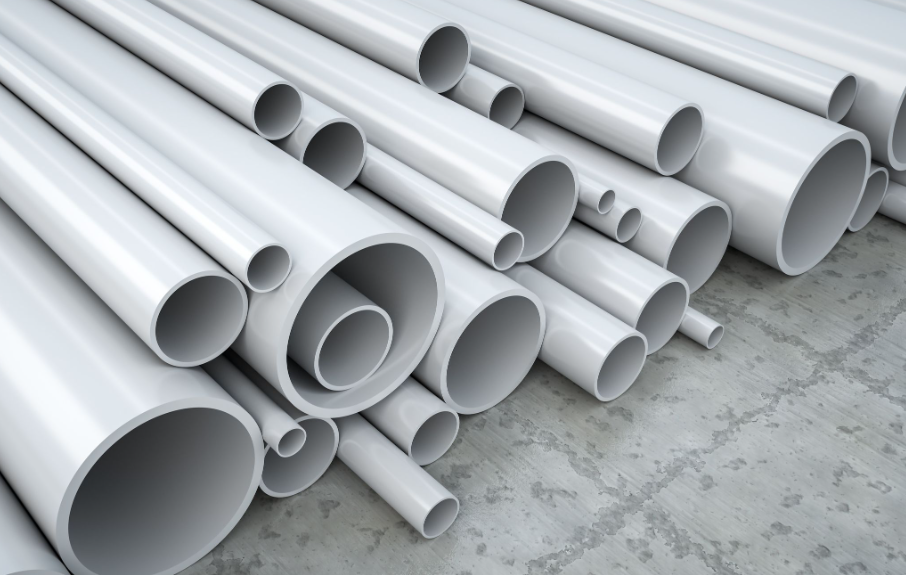
PVC household plastic is made from the polymerization of vinyl chloride monomers
The next type of household plastic that needs to be mentioned is PVC. PVC household plastic is made from the polymerization of vinyl chloride monomers. It is a versatile plastic used in construction and various household items. They are outstanding for their excellent hardness, resistance to chemicals, moisture and abrasion. In addition, this is a household plastic line that is fireproof and excellent insulating.
Some applications of PVC household plastic can be easily found such as water pipes and plumbing accessories, window frames, vinyl siding, shower curtains, raincoats, and insulators for electric cables. In particular, home water supply systems such as water tanks, water pipes, and drainage pipes are also made largely from PVC household plastic.
2.4. Low density polyethylene (LDPE)
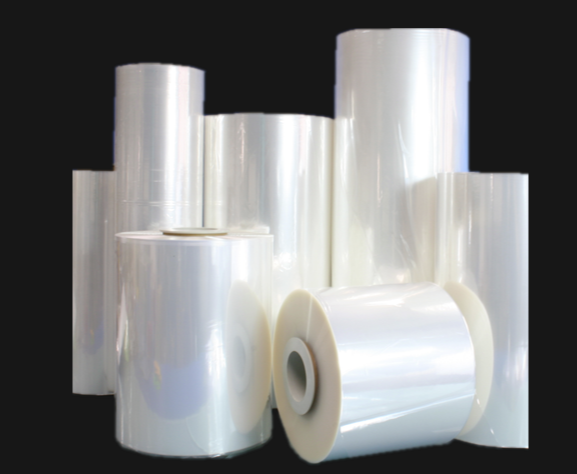
LDPE household plastic possesses its own quite special properties
In contrast to HDPE, this is a type of household plastic formed through high-pressure polymerization of ethylene, creating a flexible and tough plastic. LDPE household plastic possesses its own quite special properties. They are highly flexible and can be easily shaped for a variety of products. They are moisture resistant, chemical resistant, and transparent.
This type of household plastic is used to manufacture a variety of applications in family life. You will easily see plastic bags and grocery bags, food wraps, cake bags, milk carton coatings, etc.
2.5. Polypropylene (PP)

PP household plastic is a versatile plastic used in many types of household items thanks to its toughness and heat resistance
One line of household plastic that will be analyzed below is PP. They are created from the polymerization of propylene monomers. PP household plastic is a versatile plastic used in many types of household items thanks to its toughness and heat resistance. They are very durable, chemical resistant, light weight, and flexible in production. This is a type of household plastic that handles heat very well with limited deformation or damage. In particular, PP household plastic can be recycled for multiple uses.
They are used to make products such as food containers, bottle caps, straws, packaging tape, etc. In addition, they can also be used to produce carpets and ropes.
2.6. Polystyrene (PS)
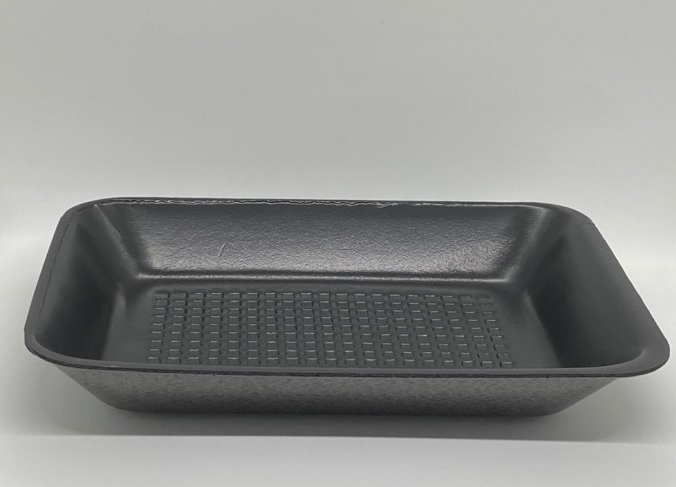
In foam form, PS demonstrate impressive thermal insulation properties
The next type of household plastic is PS. This is a line of household plastics created by polymerizing styrene monomers. It is used to produce both solid and foam products. In terms of properties, PS household plastic is known for its hardness and heat-insulating properties. When solid, they are hard but quite brittle. In foam form, they demonstrate impressive thermal insulation properties. This material is very light and easy to shape and mix in a variety of colors.
Applications of this type of household plastic include disposable cups, dishes, and eating utensils. They are very popular in the production of foam packaging for takeout food thanks to their good insulation properties.
3. Why Are Those Plastics Fitted To Use In Household?
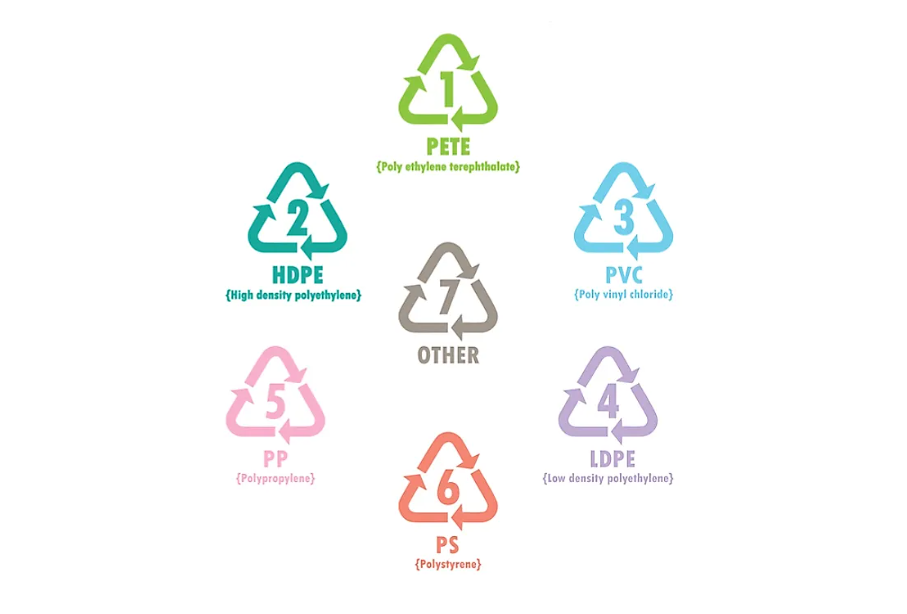
Although household plastic is divided into a variety of types as above, each type will have its own strengths
Although household plastic is divided into a variety of types as above, each type will have its own strengths. Each type of plastic mentioned above has properties suitable for specific household applications. This is based on their specific properties and benefits as follows:
- Polyethylene Terephthalate (PET): This type of household plastic is ideal for beverage bottles and food containers because it is lightweight, durable and has good moisture resistance.
-
High-density polyethylene (HDPE): They are well-suited for items such as baby bottles, detergent bottles, and plastic bags due to their strength, stiffness, and impact resistance.
-
Polyvinyl Chloride (PVC): Among household plastics, this is the type that works well in plumbing applications, window frames and shower curtains because of its durability and excellent chemical and moisture resistance.
-
Low-density polyethylene (LDPE): This type of household plastic is suitable for making plastic bags, food wrap and squeeze bottles because it is flexible, tough, and resistant to moisture and chemicals.
-
Polypropylene (PP): This is a household plastic perfect for making food containers, reusable water bottles, and bottle caps thanks to its toughness and heat resistance.
-
Polystyrene (PS): This household plastic is used to make disposable coffee cups, flat food containers, and foam packaging because of its rigid and insulating properties.
4. Conclusion
In conclusion, household plastics seem to be present in most everyday household applications. It is great to understand plastic types such as PET, HDPE, PVC, LDPE, PP and PS so that we can now make more optimal choices for indoor applications. It can be said that household plastics are indispensable in modern life due to their diverse properties and applications. Knowing information about household plastic helps us use these materials responsibly and recycle them properly.
5. About EuroPlas
EuroPlas is proud to be one of the most reputable and trustworthy material suppliers worldwide. You can easily find and buy bio-filler, color masterbatch, plastic additives, engineering plastic compounds, and bioplastic compounds, etc., with just a click. Besides, please visit EuroPlas' blog today to update more useful materials information. We are a provider of optimal material solutions with a series of high quality plastic lines. Our solutions meet the diverse needs of the world's industries, not only in terms of high standards and reliability but also in terms of environmental obligations.